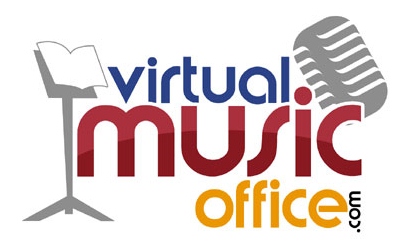I attended “10th District” Elementary School and an inner-city, public Jr/Sr High School that had three, 4-floor buildings. Then I went to a 40,000 student state-subsidized University and recently retired from a 1400-student public high school.
Four factors contributed to my writing this post, designed as an introduction.
1. The first reference I recall to anything related to “factory education” was in a meeting between administration/school board and a group of concerned high school parents challenging the predicted negative impact of a schedule change on their audition-based ensemble. Responding to a passionate presentation, an administrative representative boasted,
We’re not here to teach the elite,
we’re hear to teach the masses.
2. A grad school professor at Ball State criticized “factory education” and emphasized the need to redesign the model and move away from mass production.
3. A colleague at my high school who was in on the planning and there when the doors opened, described how the building was designed like a factory — with the offices in the front and the different department modules.
4. My sons are involved with some non-factory setup educational models (a Classical Christian Academy, a School of Performing Arts, and a Boston area boarding school) and I look forward to utilizing what I learn from their experiences to help me (and you) understand why public schools are sometimes referred to as factory models of education, or education factories cranking out graduates the way assembly lines crank out cars.
The modern assembly line
Henry Ford revolutionized the concept of the modern mass-production factory in the early 20th century when he developed the concept of a revolutionary new process using skilled workers in specialized areas where the workers were stationary and the product parts were assembled as they moved from branch lines to the mainline where the final product was assembled and completed when it reached the end of the line. Prior to that, groups of individuals moved around a stationary vehicle. His approach was all about dividing the labor to speed up the line to produce more product efficiently. The person who inserted the screw was not the one who tightened it, for example. Every worker had a small part in the production until the completed product reached the end of the line.
Looking at these satellite views and floor plans, can you tell which are high schools and which are factories? I’ll share more points following the pictures.






Two of the above floor plans are high schools and two are factories. Can you tell which is which? I’ll give the answer below.
Indications that you might be in a factory school.
In the above floor plans, A & D are schools while B & C are factories.
I was trained in public schools and universities. My sons experienced public education through high school. One went on to a public university, is currently attending a private graduate institution, plus involved in a private School of Performing Arts and a Classical Christian Academy. The other son went to a private, top-tier undergraduate university, an Ivy-League graduate school and will be teaching in an elite boarding school outside Boston as a high school professor with his Ph.D.
A few of the questions I hope to address in future posts:
- Given today’s circumstances vs those in the ’80s when my children entered school, would I repeat the path of public education or go a different route?
- What are some of the differences in the approach of the top-tier universities and elite boarding schools? Should you?
- Is it really all about the money, i.e. can those with the means really get a better education?
- Are there multiple worlds of education?
- Is life fair?
- What options do we have?
Thanks for reading. Please SUBSCRIBE to this blog and then RETWEET/SHARE/PIN it.

